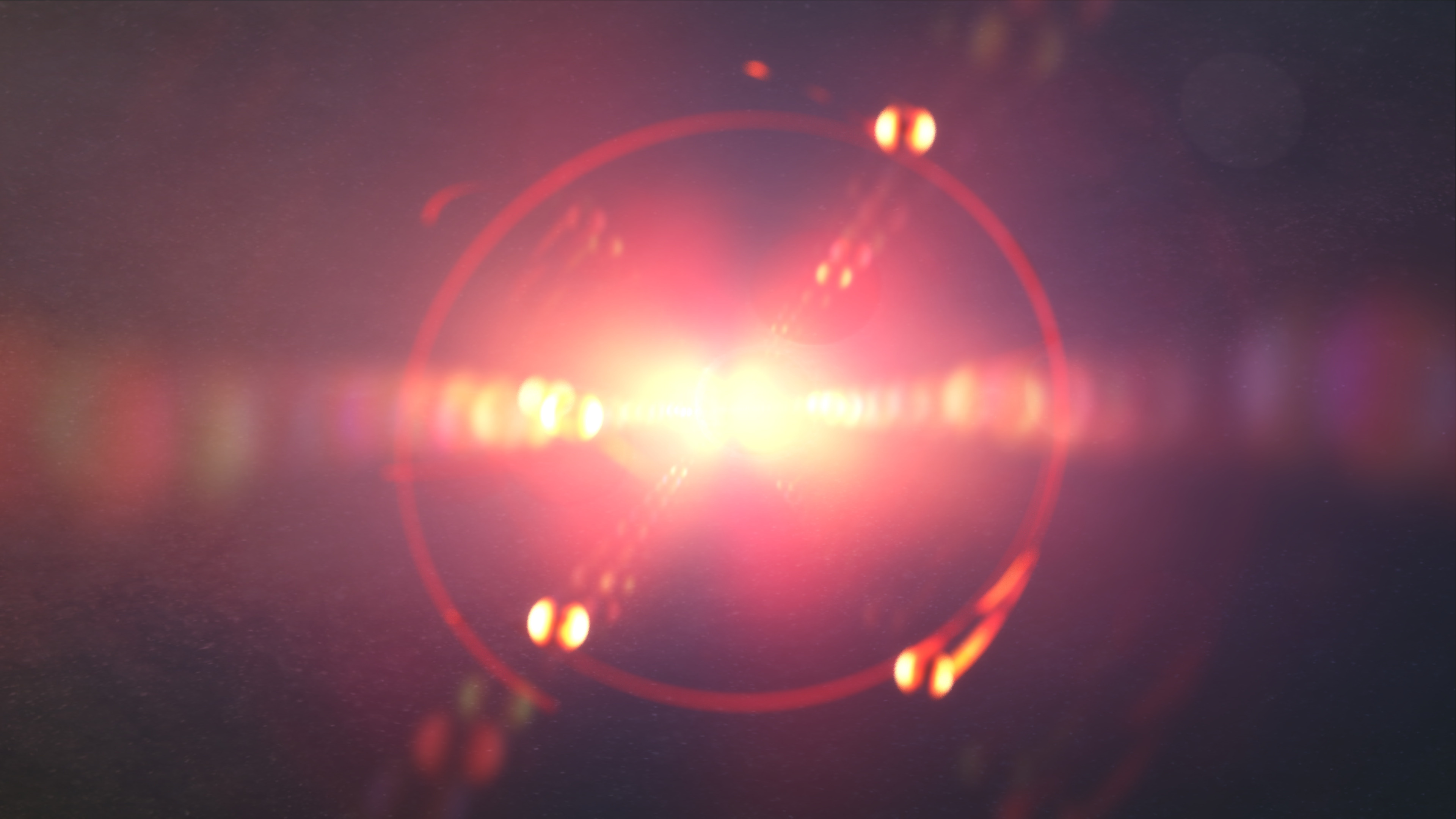Physicists Discover New Forms of Matter & Add to the Periodic Table

When I was a grad student at Berkeley years ago, it was famous for not only finding new elements on the periodic chart, but also finding the anti-proton, the anti-particle of the proton. Since then, finding newer elements and different forms of anti-matter have become big business.
Recently, it was announced by Russian and US physicists that they have been able to create elements 114 and 116, far beyond uranium which is the heaviest element normally found in nature. To give you an idea of how heavy these new elements actually are: Element 114 has an atomic weight of 289 and Element 116 has an atomic weight of 292. On Wednesday, the new elements received their official status as an addition to the Periodic Table of Elements after a three-year review by the Joint Working Party on Discovery of Elements, and a committee of scientists from the International Union of Pure and Applied Chemistry (IUPAC) and the International Union of Pure and Applied Physics (IUPAP).
These super-heavy nuclei are usually formed by using an atom smasher, or particle accelerator, to create a beam of heavy ions, which are then sent colliding into a target. The merger of these heavy ions and the nuclei in the target creates a shower of particles. By using computers to analyze this shower of sub-atomic particles, and then”running the video tape backwards,” one can show that higher elements briefly formed from the collision. Unfortunately, most of the super-heavy elements are of no immediate practical use, since they are extremely unstable, lasting a fraction of a second. (However, there have been conjectures over the years that, if we go higher enough, we might find a “plateau of stability” in which stable elements might form, but this is a conjecture). For the moment, this race to produce ever heavier elements has no practical application, but it does test the limits of our ability to manipulate nuclei.
Also, the physicists at CERN in Switzerland also used their particle accelerator to create anti-hydrogen by a full 15 minutes, a world record. First, the physicists at CERN smashed protons in a target, which created a shower of other sub-atomic fragments. Then powerful magnetic fields are used to separate out the debris. Particles which bend the “wrong way” in a magnetic field are the anti-particles. This allows physicists to extract the anti-protons. Then anti-electrons from sodium-22, which are emitted naturally, are then combined with the anti-protons, thereby creating anti-hydrogen. Previously, anti-hydrogen could not be contained for very long, until they collided with the walls of the container and annihilated. So keeping these anti-matter atoms for 15 min. is a world’s record. (When I was in high school, I took anti-electrons that were emitted from sodium-22, put them in a cloud chamber, and used a magnetic field to bend the tracks, which went “the wrong way,” meaning that I had successfully identified tracks of anti-matter. Later, I built a particle accelerator, whose goal was to create beams of anti-matter).
Again, don’t assume there will be any practical application of this technology any time soon, since it would bankrupt the United States to create enough anti-matter to reach the planets and the stars. However, it does point to the day, many many decades from now, when the use of anti-matter for propulsion cannot be ruled out.





